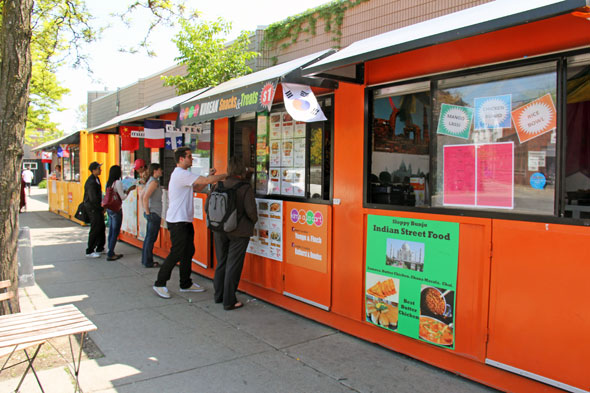Welcome to the engineering design portfolio of University of
Toronto undergraduate student Harrison Wade. The previous posts in this blog
provide insight into all of the design projects that I have been a part of
since coming to the University. It has been my pleasure to grow as a student
and as a person during this first year and a rewarding experience to be able to
look back at the progress I have made as an engineer. Directly below this post
is a flow chart that illustrates my personal engineering process that I have developed.
It is a conglomeration of what I have been taught in lectures and methods that
I have discovered to be particularly useful to myself. Below that post are the
other posts detailing specific design projects.
If you look through those, I hope that you will be able to
see how each project has given me a different insight into a certain aspect of
engineering design, or perhaps allowed me to attempt to use my process in
practice. I have discovered that I have more enthusiasm to work on an
engineering design project when it reaches the prototyping stage and beyond.
This enthusiasm accompanied by my past experience building and planning the
construction of projects as a theatre student as allowed me to excel at
prototyping and creating a detailed design. This creative aspect of myself has
also aided during brainstorming processes ,where I enjoy using a personal
approach of thinking of the most ridiculous solutions to the proposed problem
and then discovering why those solutions work. But because of my creativity, in
many other stages of the design process, I feel myself lacking enthusiasm or
struggling to prepare high-level work. This personal problem can be found in my
framing process as well as when I work to select a solution from a group of
choices.
I hope that as I continue to grow as an engineer during my
time at the University of Toronto I will be able to work on the weaker parts of
my personal engineering design process and refine the areas that I already feel
confident in. I hope that you enjoy looking at my design process and gaining
insight into how I worked and grew when undertaking design projects this year.









